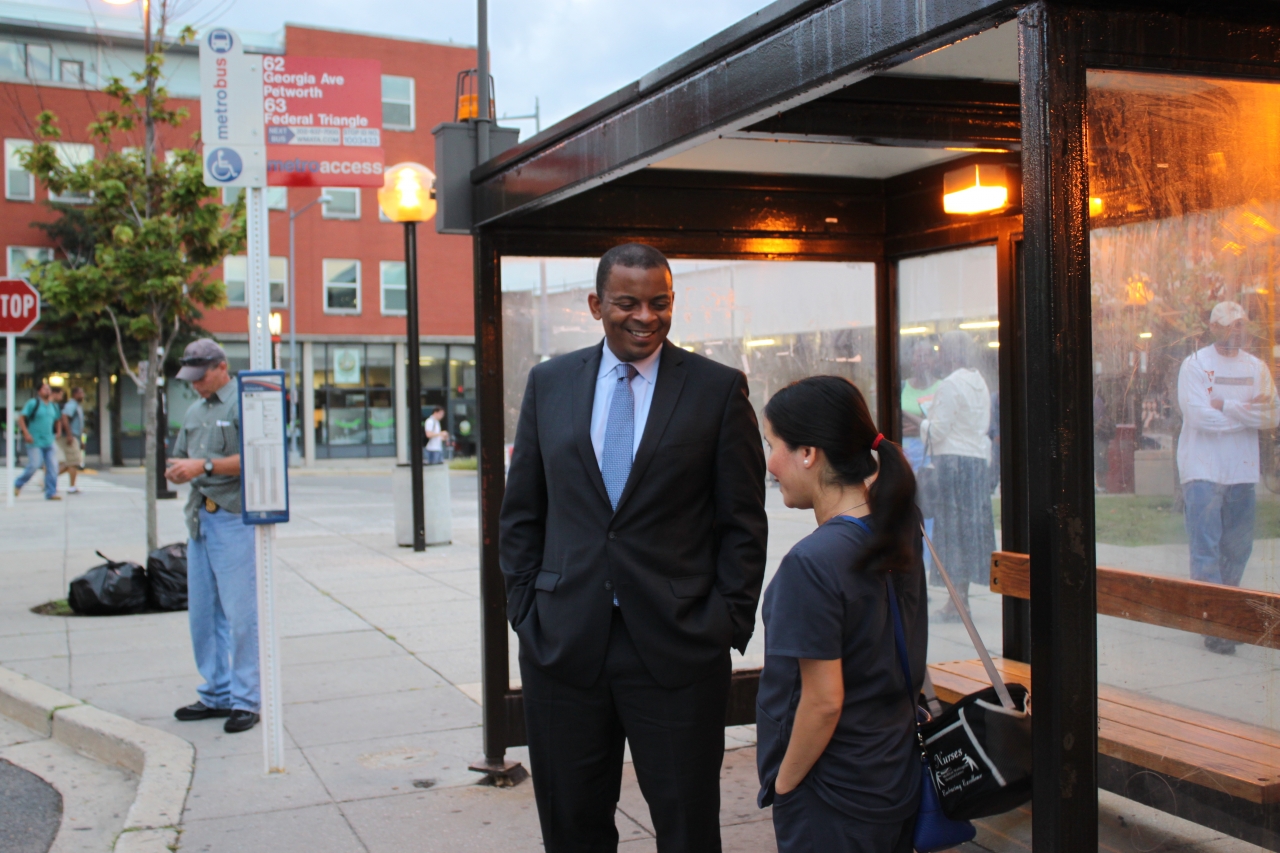
Lan is a nurse –a patient care manager in the Oncology Ward of MedStar Washington Hospital Center here in the nation’s capital. Lan and the nurses she helps oversee provide care for patients battling cancer. And her reliance on public transit to get to this important job makes it clear: When we or our loved ones depend on dedicated caregivers like Lan Phan, we also depend on a safe, efficient transportation network to get them to work so they can deliver that care.
View this complete post...











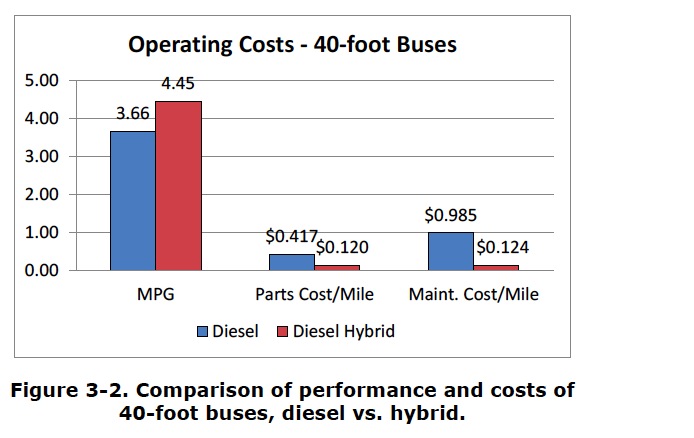
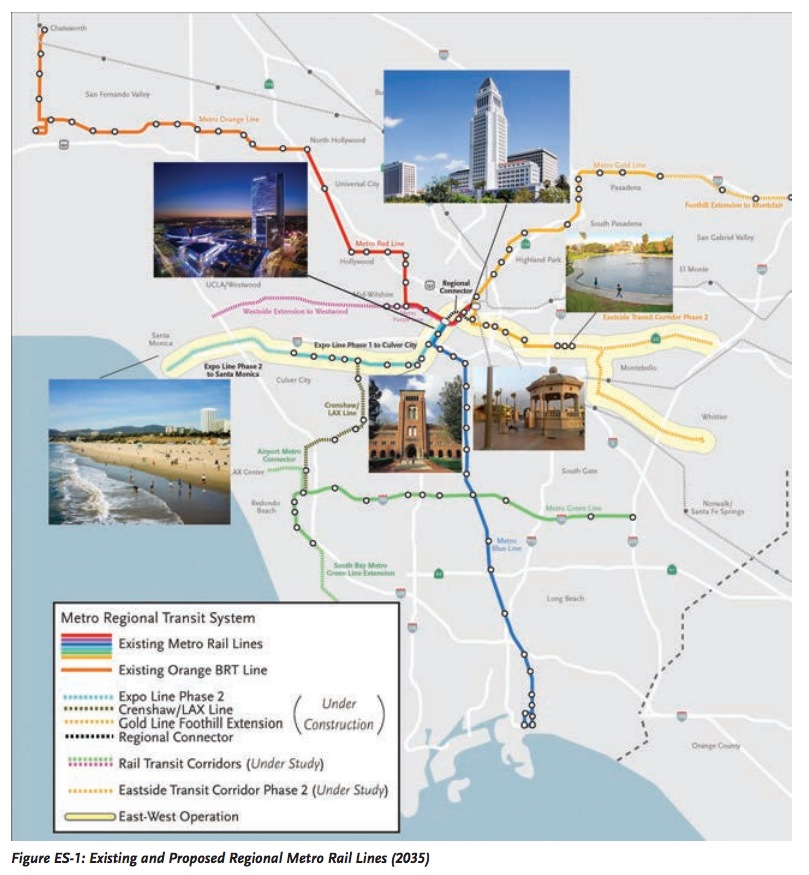
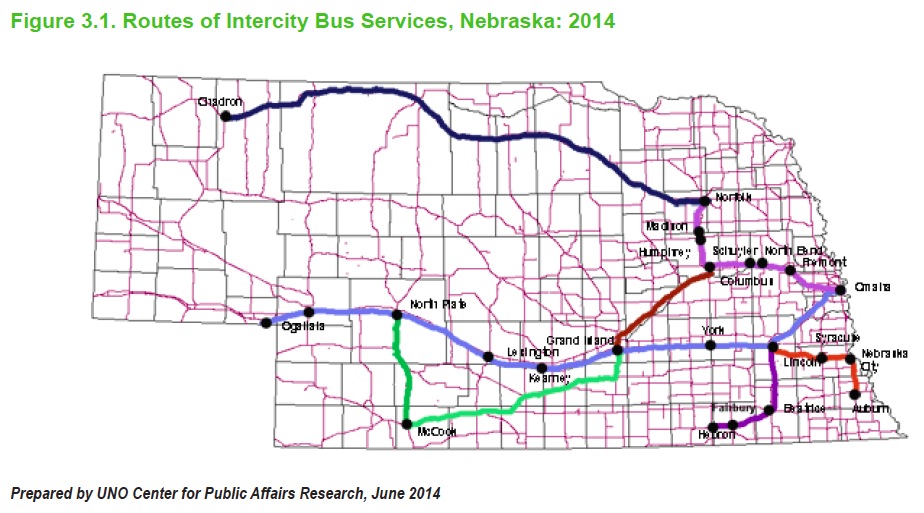
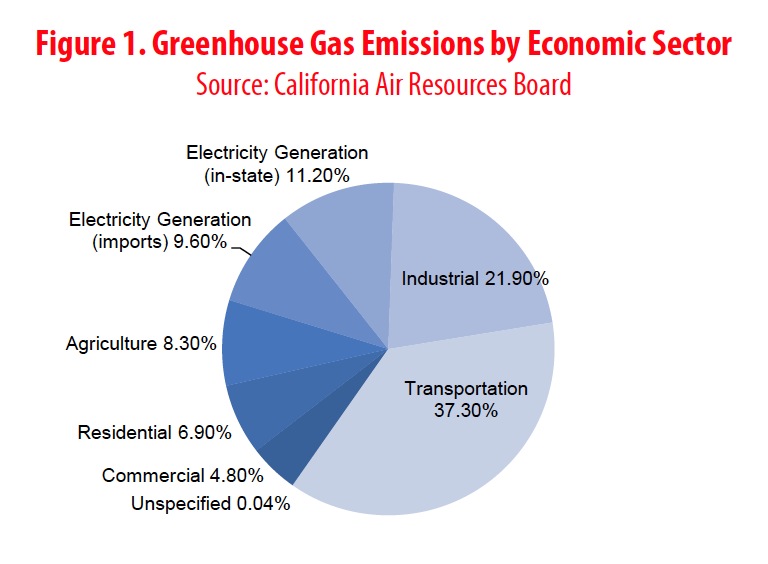
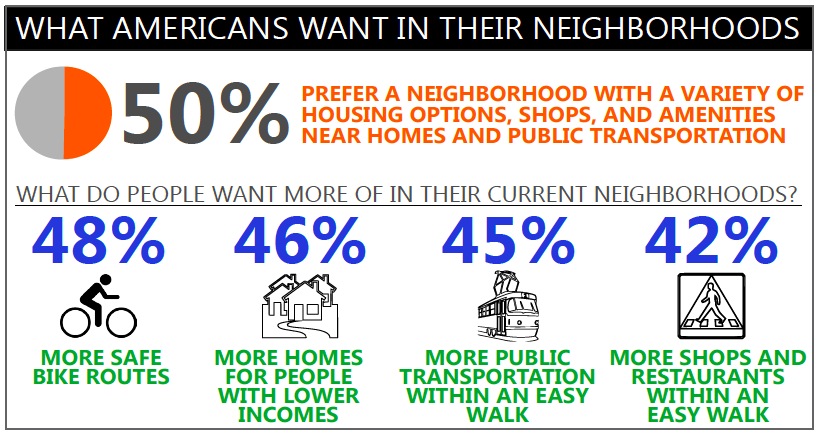
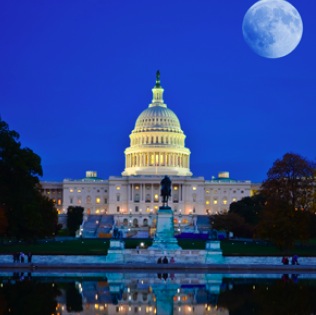

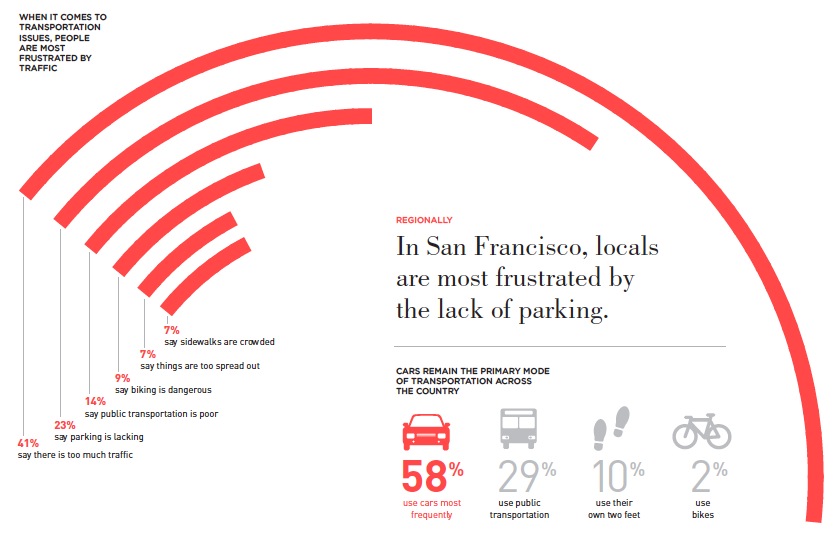
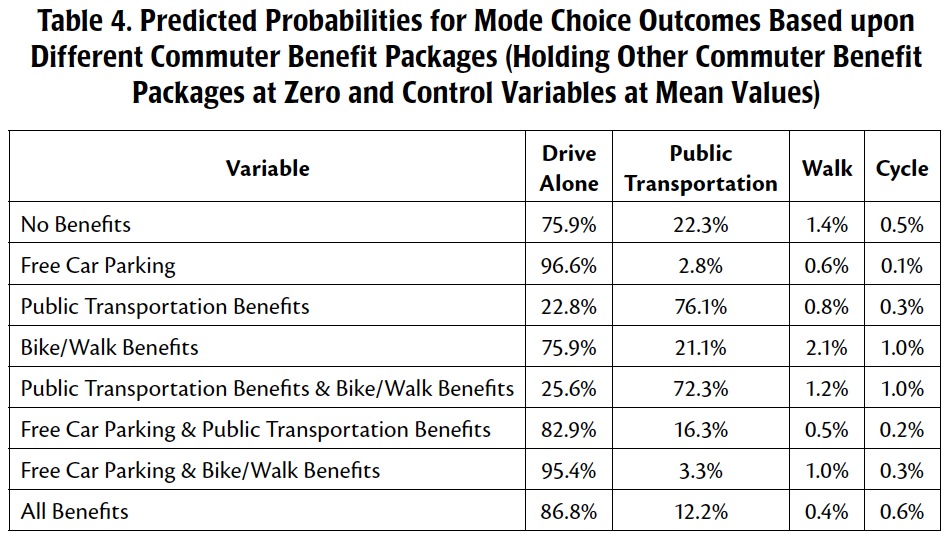

 RSS Feed
RSS Feed